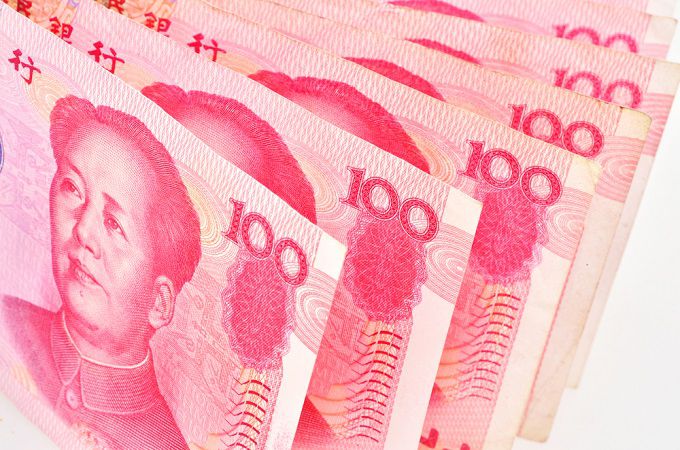[ad_1]
Market Moves
Monday was the worst day for U.S. equity markets this year, so far. All of the major stock indexes plummeted sharply after China made it clear that it would retaliate swiftly and severely against President Trump’s announcement last week of new tariffs on Chinese imports to the United States. Over a period of just a few trading days, the U.S.-China trade war has escalated rapidly, resulting in what could be close to capitulation in the markets. This term refers to accelerated panic selling as the market drops precipitously.
For much of the day on Monday, traders dumped stock positions at nearly every opportunity. Driving the sell-off was news that China had begun its retaliation by ordering a halt to purchases of U.S. agricultural products.
Even more dramatic, however, was the drop in the value of the Chinese currency, the yuan, against the U.S. dollar. The yuan was allowed to drop to its lowest level against the dollar in more than a decade. Previously, China had limited the movement of its currency and had not allowed it to drop below seven yuan to the dollar. In response, Trump tweeted accusations on Monday that China is manipulating its currency by devaluing it for trade purposes.
The effect on U.S. stocks of what was widely seen as retaliatory acts by China was clear. The chart of the S&P 500 shows the large gap down and further plunge on Monday. Technically, the index dropped well below its 50-day moving average and also a below a clear trendline extending back to the late-December lows. With any further slide, the next major downside targets for the S&P 500 are around the 200-day moving average and the 2,730 support area, near the early-June lows.
Chinese Currency Drops to Decade-Long Lows
As mentioned, the Chinese yuan currency fell below seven yuan to the dollar, the lowest value it’s been in more than a decade. In the past many years, China had not allowed its currency to drop to such a low level. Monday was widely seen as a clear message from China to the U.S. that it was willing to fight a prolonged trade war on the currency front. One primary goal of a currency devaluation is to gain advantage for an export-driven economy like China. This has the effect of making Chinese goods less expensive and more competitive when selling and exporting to customers abroad. It’s been a main driver of currency wars in the past.
On the chart of the USD/CNH, which is the currency pair comparing the U.S. dollar against the offshore Chinese yuan, the sharp spike on Monday is clear. Since the dollar is the first currency in the pair, the spike signifies a large surge in the dollar’s value against the yuan, or in this case, the sharp drop in the yuan against the dollar. At this point, it’s unclear how far China will allow its currency to fall against the greenback.
Bond Yields Extend Free Fall
We’ve discussed at length recently how bond yields were making dramatic new lows in the face of a prolonged and intensifying U.S.-China trade war. And the lows just got lower on Monday. As shown on the chart of the 10-year U.S. Treasury yield, this benchmark yield has not hit such depths since October of 2016. Where do yields go from here? If trade fears increase further, we could potentially be seeing a retest of the 1.36%-area lows of 2016.
The Bottom Line
Acute fears of further Chinese trade retaliation and an extended escalation of the U.S.-China trade war are likely to keep markets heavily pressured unless we see some respite initiated by either side. Until that time, it may be best to stay on the sidelines in anticipation of any signs of a rebound and potential recovery.
Enjoy this article? Get more by signing up for the Chart Advisor newsletter.
[ad_2]
Source link Google News

